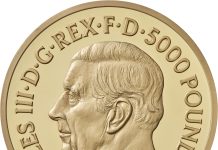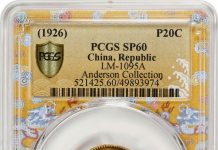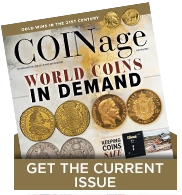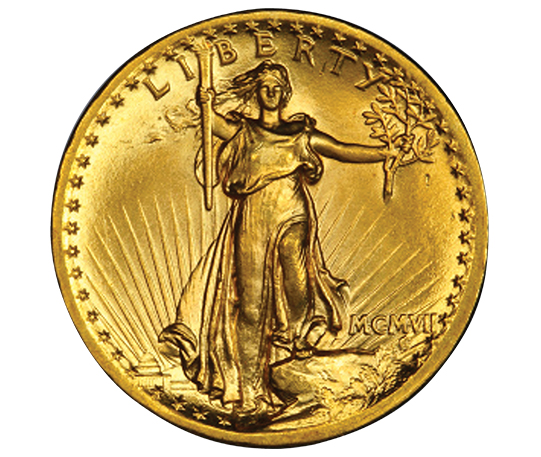
By Maurice Rosen
For over fifty years, I’ve been closely following developments in the gold market and the many factors which affect its price. Today, we are at an unprecedented time when gold’s historic and primary role as wealth insurance is becoming vital.
Since the 2008 Global Financial Crisis, caused by an implosion of bad debts and credit instruments, the total level of debt in the United States and worldwide has risen by over 50%! Governments’ response to those critical times of debt gone wild was to create more debt. Globally, we have become over-reliant on borrowing as a solution for everything. For the United States alone, in response to the 2008 crisis, the Federal Reserve created or backstopped/guaranteed an astonishing $27 trillion out of thin air to restore trust.
Examining the Economics of 2008 – 2018
The result is a disproportionate amount of the newly created money and credit that poured forth and flowed to the financial and banking sectors, which used the funds to bid up financial assets, stocks, and bonds. Not enough found its way into infrastructure projects and meaningful job creation.
While that stimulus helped the economy to recover somewhat, during the ten year stretch from 2008 to 2018 the economy grew at an anemic sub-par rate of under 1.8%, lowest ever following a recession since 1929. Allowing for inflation, real growth was zero! Were it not for that stimulus of asset inflation, we would have been experiencing negative growth, which is a kinder term for depression. Reacting to the economic uncertainties, corporations became more efficient, cut expenses, trimmed their domestic workforces, exported jobs overseas, increased implementation of robotic technology, and took advantage of the low borrowing costs to buy back their stock.
Due to the massive amount of worldwide debt (estimated to be $260 trillion), interest rates need to be as low as they are now, and even lower to service the debts. For several countries, they are already in negative territory, meaning that depositors are in effect paying the bank to hold their money!
Unprecedented Market Moves
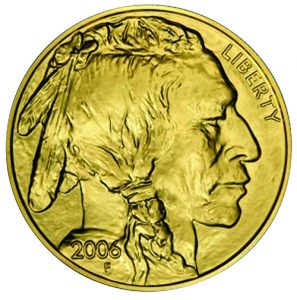 Recently, the German government sold $914 million of 30-year bonds at a negative interest rate to be redeemed in the year 2050 for $881.8 million. You lock up your money for 30 years, earn no interest at all for the full 30 years, and get paid back 96 cents on your dollar? This is craziness.
Recently, the German government sold $914 million of 30-year bonds at a negative interest rate to be redeemed in the year 2050 for $881.8 million. You lock up your money for 30 years, earn no interest at all for the full 30 years, and get paid back 96 cents on your dollar? This is craziness.
This suppression of interest rates means your savings and your retirement and pension funds are in jeopardy. Negative interest rates result in the inevitable destruction of capital since you get back less than what you put in by definition.
Remember not too long ago when the gold detractors would ridicule the idea of buying gold, saying: “Why would you buy gold when it doesn’t pay any interest?” With rates close to or below zero, wouldn’t you say that excuse is now a bit weak? With many countries having so far issued a total of $17 trillion in negative interest-bearing bonds (including some “junk” bonds!), can the United States be far behind?
Money deposited in a bank or used to purchase an interest-bearing instrument is supposed to provide income for its owner to use in the future. If there’s no income, and you are in effect taxed on your principle when it is withdrawn or matures with a reduced payback, and you have to endure bouts of inflation no matter how little they may be reducing your purchasing power, what option do you have other than putting your money into tangible assets? Today gold is the high yielding alternative in a world of negative rates marked by only risk, no reward.
Quantitative Easing
It has been impossible for countries to “normalize” their interest rates. In the United States, that would mean rates being at 5-7% or so. At those rates, the total interest costs for today’s high debt levels would be substantial, a crushing blow to a nation’s finances.
That’s why an additional round of Quantitative Easing is in the cards for Europe, Japan, and the United States. “QE,” as it is called, simply means printing money out of thin air. Think of this: If our economy is as strong as is claimed, coupled with employment so low, why are we experiencing trillion-dollar annual deficits with the prospect of a steady stream of even higher deficits for years to come?
Another powerful force for driving gold prices higher is the minuscule portion of gold found in professionally managed investment portfolios. The total asset value of all institutionally managed portfolios worldwide is approximately $90 trillion. That includes pension funds, insurance companies, mutual funds, and individual nations’ sovereign funds. Only a small fraction, of 1%, is currently allocated to gold.
Gold Investment Recommendations
Recently, some very large, well-known institutional money managers have recommended to their clients to have 5-10% of their portfolios in gold investments. Were that advice to be followed globally by increasing gold’s allocation for institutionally managed portfolios to the 5.0% level, $4.5 trillion in gold would need to be acquired (5% of $90 trillion), some 3 billion ounces just at today’s prices! That’s fully one-half of the total of all the gold ever minted and existing today in all forms.
Even if the gold allocation in those portfolios were boosted by just 1%, not 5%, it would mean $900 billion being directed to gold purchases, some 600 million ounces at the current $1,500 price level. That’s over twice the amount of all the gold claimed to be owned by the United States. Such massive purchases of gold, whether they be 3 billion ounces or 600 million ounces, could never be fulfilled at current prices. Fulfilling those purchases would surely result in propelling gold’s price to incredibly higher levels.
The combination of low and zero interest rates, and the expected expansion of monetary aggregates, plus the potential for massive amounts of new funds flowing into the gold market, are powerful forces urging us to consider having a comfortable weighing of gold in our own portfolios, if for no other reason than insurance against great turbulence in the global monetary order.
Unfolding on the Horizon
The end game is coming and the major Central Banks of the world are going to do everything to spark inflation in the attempt to keep their economies still functional. Indeed, it is possible that those forces will serve as the trigger that sets us on the path to a global monetary reset.
As to when the gold price will explode, trouble has been brewing in the financial system for a long time. I don’t know how it’s going to unfold, but unfold it will. Gold is flashing red. Central Banks have been stockpiling gold. Trade tensions are building and it seems the banking system in Europe is one hiccup away from disaster.
Make no mistake about this. It is going to be a historic event. Since the U.S. dollar has become the global reserve currency, we have never faced this dilemma. But gold knows this. Gold is sending this message. The message is: Its price is going much higher, and the need for you to own it as insurance is compelling.
Author: Maurice Rosen
 Maurice Rosen is best known as the editor and publisher of the widely acclaimed Rosen Numismatic Advisory (RNA), winner of more “Best Newsletter” awards from the prestigious Numismatic Literary Guild than any other newsletter — 30 annual awards since 1985.
Maurice Rosen is best known as the editor and publisher of the widely acclaimed Rosen Numismatic Advisory (RNA), winner of more “Best Newsletter” awards from the prestigious Numismatic Literary Guild than any other newsletter — 30 annual awards since 1985.
Rosen is also president of Numismatic Counseling, Inc. in Plainview, NY.

